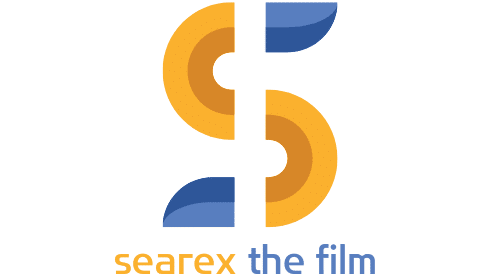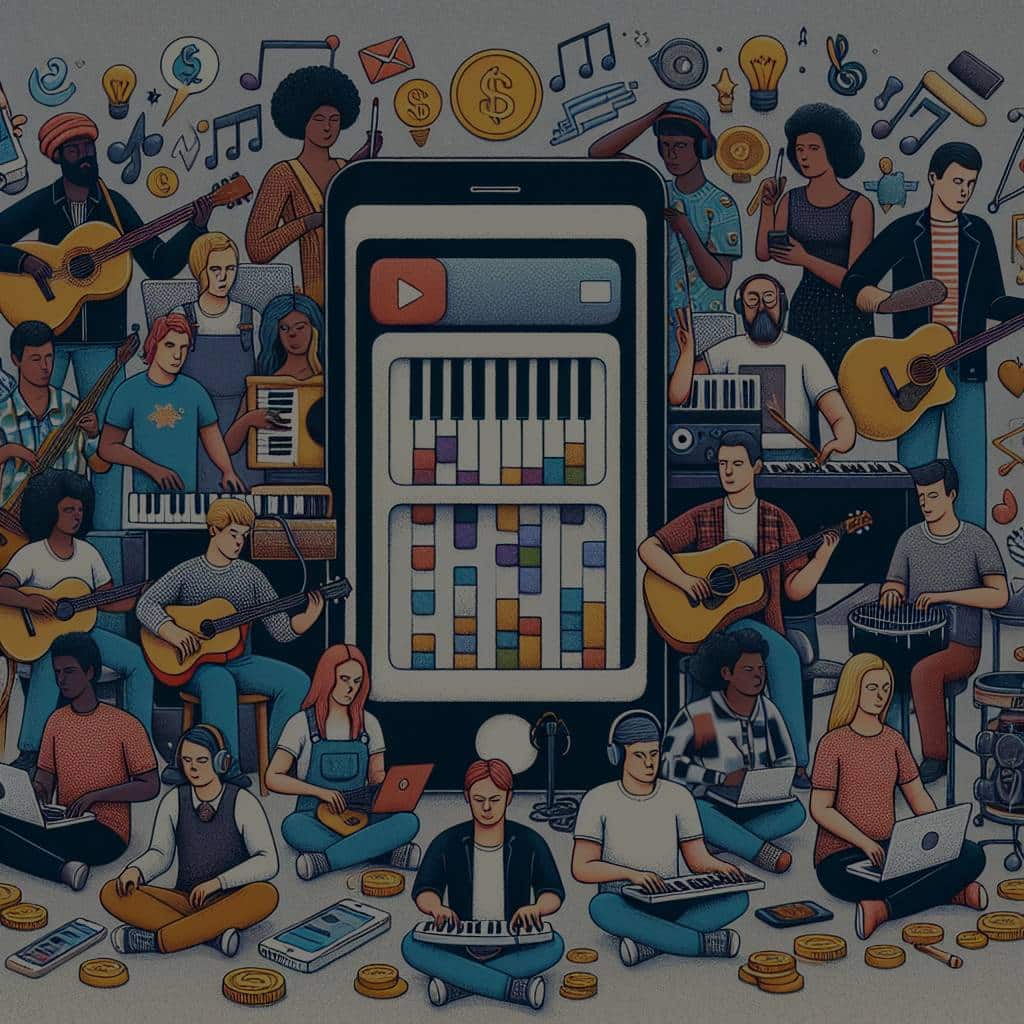In this evolving digital era, music is primarily consumed through various streaming platforms. Independent artists are continuously exploring new avenues to monetize their work, and streaming services like Spotify, Apple Music, and Tidal are becoming increasingly significant in their revenue generation strategies. This article provides a comprehensive analysis of how UK based independent musicians can leverage these platforms to earn money.
Understanding the Mechanics of Streaming Royalties
Before diving into the monetization strategies, it is crucial to understand how streaming royalties work. When a song is streamed, the artist earns a certain amount of money. This revenue is generated every time a consumer listens to their music online. This form of compensation is known as a royalty.
Also to discover : What Are the Key Elements in Developing an Anti-Fraud System for Online UK Businesses?
Every streaming platform has its distinct payment model, but the general premise remains the same. They distribute a portion of their total revenue to rights holders – record labels, artists, and publishing companies, based on the proportion of total streams their songs generate.
For independent artists, comprehending the mechanics of streaming royalties is key to their financial success. Understanding this business model can help them better negotiate their contracts with streaming platforms, and optimize their music releases for maximum financial gain.
Also read : What Project Management Methodologies Are Most Effective for UK Creative Agencies?
Navigating the Role of Record Labels and Publishing Companies
Historically, record labels and publishing companies have been the gatekeepers of the music industry. They provide artists with the necessary resources and infrastructure to produce, distribute, and promote their music. In return, they claim a significant portion of the artist’s revenue.
For independent musicians, partnering with a record label or a publishing company can be a double-edged sword. While they provide a robust platform for artists to showcase their talent, they can also limit their creative freedom and financial independence.
It is essential for independent artists to carefully evaluate their partnerships with these entities. They can negotiate for a fair share of their streaming royalties, retain control over their intellectual property, and have the freedom to make their artistic decisions.
Maximizing Profit Through Direct Distribution
Direct distribution is an appealing prospect for independent musicians who desire total control over their music and finances. By distributing their songs directly to streaming platforms, they bypass the traditional intermediaries like record labels and publishing companies, and retain the entirety of their streaming royalties.
Direct distribution can be achieved through various digital distribution companies that allow artists to upload their music to multiple streaming platforms simultaneously, for an annual fee or a cut of their royalties. While this model requires a higher level of responsibility and commitment from the artist, it can also yield higher profits.
Leveraging the Power of Spotify
Spotify, with its vast user base and artist-friendly tools, is particularly attractive for independent musicians. The platform’s unique feature, Spotify for Artists, provides musicians with an in-depth analysis of their song’s performance, audience demographics, and engagement metrics. This invaluable data can guide artists in their marketing strategies, allowing them to target their promotional efforts most effectively.
Furthermore, Spotify allows independent artists to submit their songs for playlist consideration. Being featured on a popular playlist can significantly boost an artist’s visibility and streams, translating into increased royalties.
The Rise of the Independent Artist in the Streaming Era
The advent of streaming platforms has revolutionized the music industry, and independent artists are at the forefront of this change. By understanding the intricacies of streaming royalties, navigating their relationships with record labels and publishing companies, maximizing their profits through direct distribution, and leveraging the power of platforms like Spotify, they can successfully monetize their music in the digital age.
The journey may not be easy, but with a clear understanding of the streaming landscape and a strategic approach, independent musicians can certainly carve a viable and profitable career path in this industry.
A Glimpse Into Performance and Mechanical Royalties
Understanding the different types of royalties is crucial for an independent artist. In the music industry, two primary types of royalties are performance and mechanical.
Performance royalties are generated when a song is performed publicly. This could be via a radio broadcast, live performance, or even when streamed on digital platforms. These royalties are collected by Performing Rights Organisations (PROs) such as PRS for Music in the UK, which then distribute the earnings to the rights holders.
On the other hand, mechanical royalties are generated when a song is copied or reproduced. This happens when a song is streamed, downloaded, or physically produced (like on a CD or vinyl). In the UK, mechanical royalties are collected by Mechanical Copyright Protection Society (MCPS), which is part of the PRS for Music alliance.
For independent musicians, it’s essential to register with these organizations to ensure they receive their due royalties. By doing so, they can benefit from both performance and mechanical royalties, leading to a diversified and maximized income stream.
Enhancing Earnings through Additional Tools and Services
Beyond streaming platforms, there are several other tools and services that can help UK independent artists enhance their earnings. Services like Bandcamp allow artists to sell their music directly to fans, allowing them to set their own prices and often leading to higher profits compared to streaming.
In addition, crowdfunding platforms such as Kickstarter and Patreon offer unique ways for artists to fund their projects and create lasting relationships with their fans. Artists can offer exclusive content, merchandise or experiences to fans who pledge a certain amount of money, generating additional income.
Furthermore, sync licensing, which involves licensing a song for use in film, TV or commercials, can also be a lucrative route. Companies like Songtradr provide an online marketplace for artists to get their music noticed by music supervisors.
Conclusion: The Future of Music Monetization for Independent Artists
The digital age has undoubtedly ushered in new opportunities for independent artists in the UK and beyond. Streaming platforms like Spotify and Apple Music, along with direct distribution services, are providing artists with the means to monetize their music in ways that were not possible just a few years ago.
However, it’s important to remember that these platforms are just one piece of the puzzle. Understanding the different types of royalties, the role of record labels and publishing companies, and the power of additional tools and services can significantly boost an independent artist’s earnings.
While the music industry continues to evolve, the potential for independent artists to carve out a successful, lucrative career is greater than ever. By keeping tabs on these changes and continually seeking new ways to connect with fans and monetize their music, independent artists will not only survive but thrive in this ever-changing landscape.











